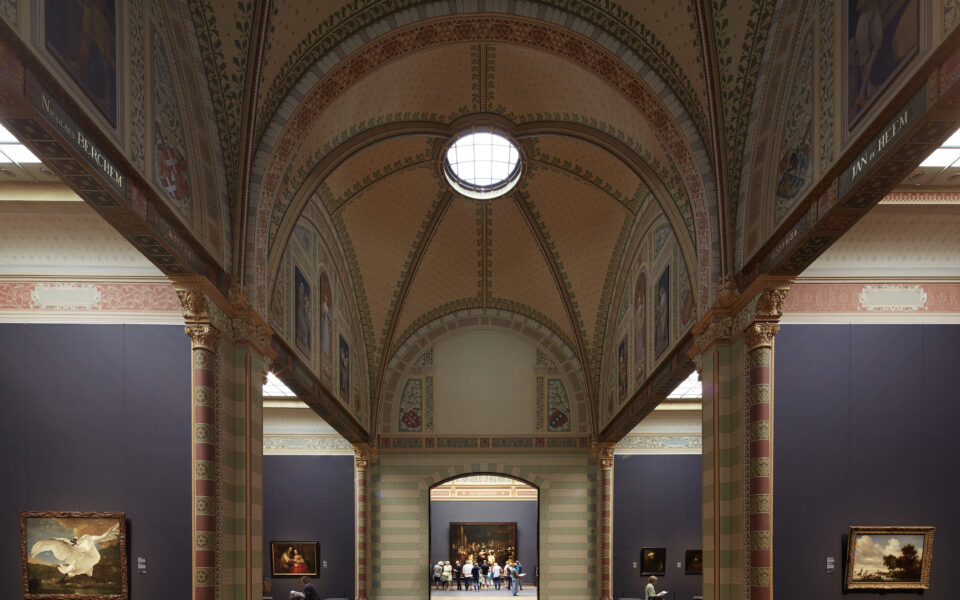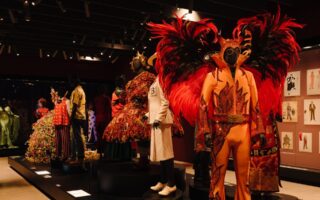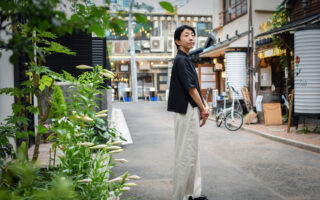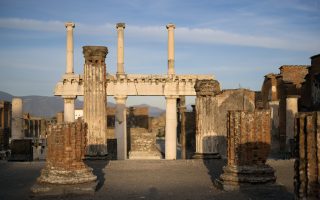As energy costs bite, museums rethink a conservation credo

Since the first public museums were founded in the 18th century, one of their main roles has been to protect the artworks and artifacts they display. More recently, many of these institutions have employed teams of highly trained conservators to ensure their old master paintings don’t crack, their metal sculptures don’t rust and their wooden artifacts don’t get moldy.
Most Western museums have also installed expensive and complex climate control systems to help preserve the works in their care. Those energy-guzzling technologies, including climate monitors, air conditioning units and dehumidifiers, normally whir away unnoticed, 24 hours a day.
But now, a growing awareness of the impact of those systems on the climate has led a number of major institutions to rethink their most fundamental conservation orthodoxies. And since Russia’s invasion of Ukraine last year sent gas and electricity prices in Europe sky-high, turning what seemed like a far-off problem into an immediate danger to museum finances, some of the continent’s biggest museums are beginning to act.
Over the past year, major museums including the Guggenheim Bilbao, in Spain, and the Rijksmuseum, in the Netherlands, have relaxed their standards and recalibrated their systems to allow a wider range of temperatures and humidity levels in some galleries, saving them thousands of dollars a month. These museums have conducted months of trials that they say prove the changes don’t endanger items in their care.
Yet in the rooms where borrowed items are on show, the old, strict standards still apply. Loan agreements with other museums and private collectors mean those galleries must remain tightly climate-controlled, hampering institutions in their quest to drive down energy bills and emissions.
Caitlin Southwick, the founder of Ki Culture, a sustainability consultancy for museums, said that lenders were simply following rules required by risk-averse conservators and insurance companies.
Along with museum administrators, they were passing the buck over who should act first, she added, and this had resulted in a deadlock. “You don’t want to be the conservator who says it’s OK to flip the switch, and all of a sudden your Picassos are melting,” Southwick said.
In 2021, the Prussian Cultural Heritage Foundation, the organization that runs many of Berlin’s major museums, announced a goal to become carbon neutral by 2035 – meaning its museums would need to slash their carbon dioxide emissions, including from air conditioning systems. Gero Dimter, the foundation’s vice president, said that as energy prices soared in Germany this past summer, his museums turned down their thermostats to around 66.2 degrees Fahrenheit (19 degrees Celsius). But the foundation’s museums were unable to make that temperature adjustment in some galleries containing loan items, Dimter said. Last year, the city’s Gemäldegalerie museum could not lower temperatures in an exhibition of works by Donatello because of loan contracts, which meant that it was warmer inside that show’s halls than in its big entrance hall. The museum was also having to maintain cozier temperatures for a forthcoming show of work by 15th-century painter Hugo van der Goes, Dimter added.
The idea that art must be displayed in a climate-controlled environment is relatively new, said Southwick, a former stone conservator at the Vatican Museums. Masterpieces used to hang in unheated churches or palaces, she said. Some of the first museums to adopt climate-control technologies were in the United States, with the Yale University Art Gallery installing a steam-powered heating system in 1874.
Temperature and humidity controls became commonplace after World War II, Southwick added, especially after conservators at the British Museum and the National Gallery, in London, published a series of influential books prescribing the conditions to protect masterpieces in that chilly, damp city. Soon, those ideals “were taken out of context and applied everywhere,” Southwick said, adding that they eventually became the standard for museum loans.
Now, museums in Australia and Nigeria need to meet the same standards as museums in London and Pittsburgh to borrow works, Southwick said, even though the climates in those places are totally different.
Andreas Burmester, a retired director of the Doerner Institute, a scientific organization that conserves paintings owned by the state of Bavaria, in Germany, said that scientists and conservators had been debating for decades whether climate standards in museums could be safely loosened. Ten years ago, there was resistance to change, he said – including from himself. “My motto was ‘stable is safe,’” Burmester said. Today, he added, “the world’s changed” and conservators recognize that museums need to save money to cope with high energy prices.
The Guggenheim Bilbao is on track to save 20,000 euros (about $21,800) a month, since it decided to allow a slightly wider range of temperatures and humidity levels, said Daniel Vega, one of the museum’s deputy directors. Since October, the Guggenheim has been celebrating its 25th anniversary with an exhibition of works from its own collection – meaning its galleries are now free from loan items. It took the opportunity to roll out the new standards in every gallery in the museum.
Those new standards will remain for future shows, Vega said: Lenders can take them or leave them. All of the lenders for a forthcoming Joan Miró exhibition said they were happy with the changes, Vega said. But one European museum that had been lined up to send an Oskar Kokoschka painting for an upcoming retrospective was insisting on tighter climate controls. If that museum, which Vega declined to name, did not change its position soon, the Guggenheim would leave the work out of the show, he said.
“We are not going to go back on this strong statement,” Vega said.
Some museum organizations and governments are starting to act, too. In December, the British government, which sometimes acts as the insurer for state-funded museums, suspended minimum temperature requirements for works covered by its art insurance program, to help cash-strapped institutions save money during a cold winter. The suspension, which runs until March 31, was “not expected to produce a negative impact on collections and loan items,” a government spokesperson said in a statement. The German Museums Association last year also urged its members to use less air conditioning while energy prices remained high.
Southwick said that if electricity and gas bills stayed elevated, more insurers and museums would follow these moves. Five years ago, Southwick added, she was hopeful that museums would change their stringent climate standards “for the sake of the planet.” Now, she said, they’ve got to change them “for the sake of themselves, too.”
This article originally appeared in The New York Times.






